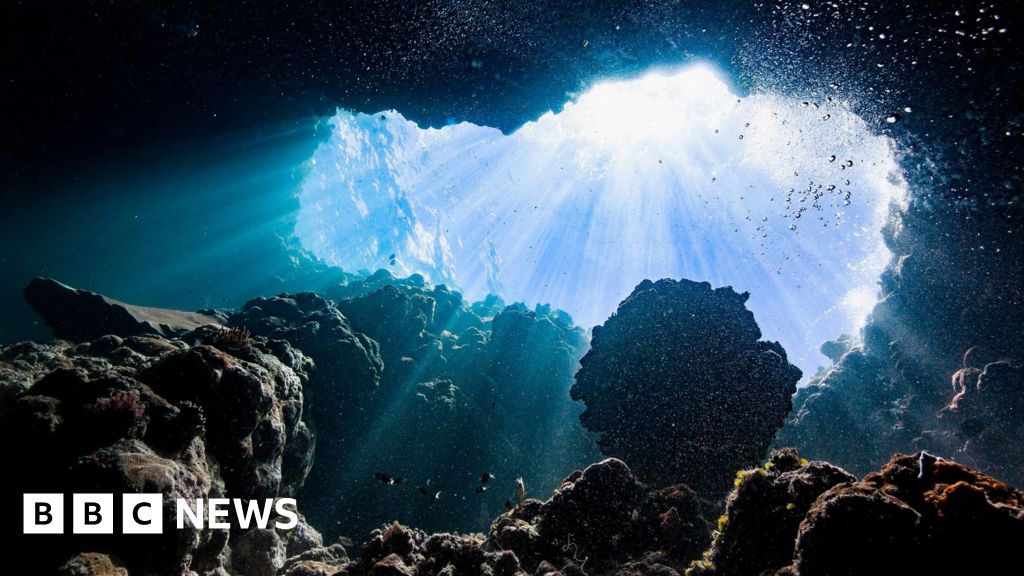- cross-posted to:
- science@lemmy.ml
- climate@slrpnk.net
- earthscience@mander.xyz
- cross-posted to:
- science@lemmy.ml
- climate@slrpnk.net
- earthscience@mander.xyz
Scientists have discovered “dark oxygen” being produced in the deep ocean, apparently by lumps of metal on the seafloor.
About half the oxygen we breathe comes from the ocean. But, before this discovery, it was understood that it was made by marine plants photosynthesising - something that requires sunlight.
Here, at depths of 5km, where no sunlight can penetrate, the oxygen appears to be produced by naturally occurring metallic “nodules” which split seawater - H2O - into hydrogen and oxygen.
Several mining companies have plans to collect these nodules, which marine scientists fear could disrupt the newly discovered process - and damage any marine life that depends on the oxygen they make.



You seem hung up on electricity being a literal function of this here. Expecting them to be a literal battery.
They said they knew how. The nodules have a potential charge, when touching it increases the charge which means it can separate the oxygen. There is already companies that are performing hydrogen separation without electricity on water.
The voltage potential is grabbing at the polar ends with likely a light chemical interaction with the zinc and other volatile metals present.
An exact process might not be here but the function here makes sense as long as you stop looking for direct current.
Edit: also this is not some rapid process this is a slow trickle. Nothing fancy just the physics of the world inspiring entropy.
The reason I questioned the literal battery theory / electrolysis is based on this quote from the BBC article The scientists worked out that the metal nodules are able to make oxygen precisely because they act like batteries. I have since found the original research paper (i linked it elsewhere in this post) which suggests the authors did not actually say that and aren’t sure of the exact mechanism. Your ‘voltage potential grabbing polar ends’ is not one on the known methods of splitting water into oxygen and hydrogen (see wikipedia, which all require electricity, light, radiation or extreme heat. None of which seem to apply here, and the paper also does not mention hydrogen being produced. So maybe there isn’t water being split here by these nodules
The metals are forming a Galvanic cell with the salt water as an electrolyte, the section of the linked article labeled Galvanic corrosion mentions the splitting off of hydrogen in salt water. There is no membrane so electricity just goes through the conductive salt water. The exact voltage depends on which two metals were involved, this page has a table of the voltages in sea water (in mV)